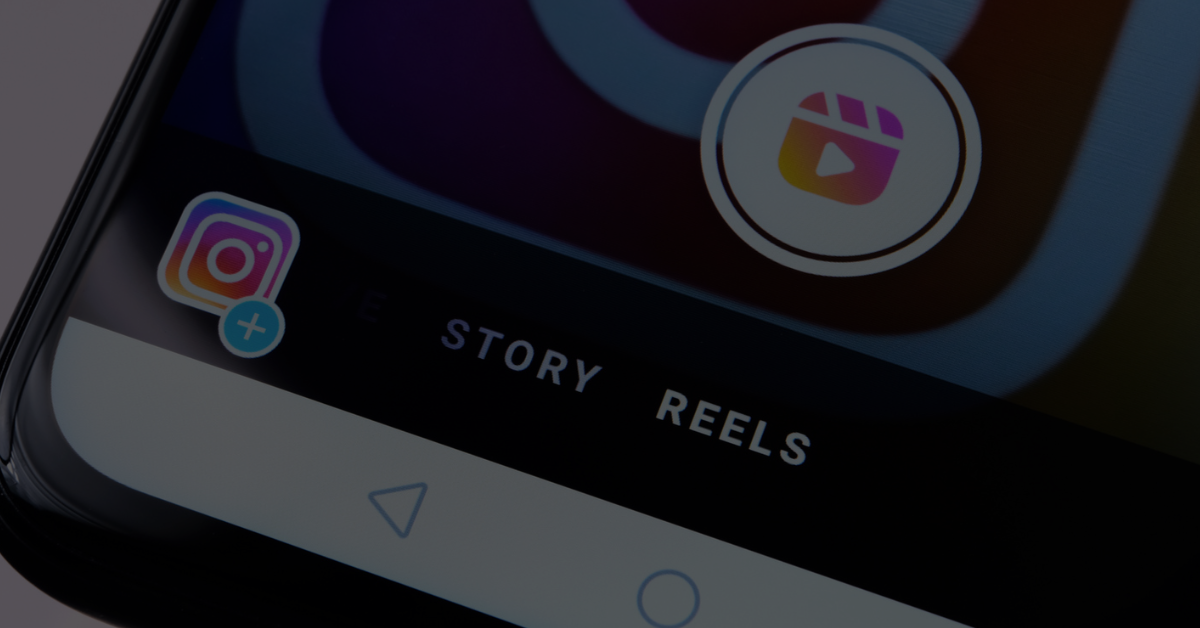Why it’s completely okay, even smart, for your brand to be funny
Meme accounts are often dismissed as chaotic or “off-brand,” but they’ve quietly mastered what so many companies struggle with: attention. These accounts don’t just get engagement, they generate cultural relevance, inside jokes, and community.
The good news? Brands don’t need to abandon professionalism to learn from meme pages. They just need to be a little less rigid, and a lot more relatable. And yes, that means it’s okay to be funny.

This is how we want you to react when seeing our posts.
Here’s how meme accounts win the internet, and how brands (especially the ones that lean into comedy) are using the same playbook to build loyal, obsessed audiences.
1. Consistency > Perfection
Meme accounts post constantly. No perfect lighting. No agonizing over colors. Just smart, timely, sometimes scrappy content. They win by showing up consistently, not perfectly.
📌 Brand Example: Scrub Daddy (@scrubdaddy)
Scrub Daddy went from a Shark Tank sponge to a social media icon thanks to its bizarre and hilarious TikToks. They post often, with chaotic humor that somehow works. One day it’s the sponge dancing, the next it’s roasting your cleaning habits. It’s fast, silly, and highly effective.
@scrubdaddy Do you guys see a difference??? I don't. #scrubdaddy #smile #cleantok #cleaningtiktok ♬ STOP USING THIS AUDIO KIDS - A random chance stan
Takeaway for brands:
Stop holding out for the perfect campaign. Post the meme. Share the low-effort TikTok. Social media rewards consistency and quick thinking over polish!
2. They Know Their Audience Like a Best Friend
Meme accounts thrive because they speak their audience’s exact language. The references are oddly specific, the tone is unfiltered, and it feels like you're in on the joke.
📌 Brand Example: RyanAir (@ryanair)
Ryanair’s TikTok account blew up because it leaned into Gen Z humor hard. Their videos use low-budget face filters, sass, and self-deprecation (“You get what you pay for” type jokes). They know their audience is looking for cheap flights and a laugh, and they give them both.
Takeaway for brands:
You don’t have to be funny to everyone, just to your people. Deep audience understanding lets you tailor humor that feels personal and relevant.
3. They Use Humor to Build Relatability
Meme accounts are successful because they’re emotionally fluent. They tap into everyday anxiety, awkwardness, nostalgia, and wrap it in comedy. The result? Posts that feel seen.
📌 Brand Example: Duolingo (@duolingo)
Duolingo’s green owl has become an unhinged internet icon. He crushes over Dua Lipa, threatens users who miss their lessons, and fully commits to the chaos. It’s weird. It’s funny. And it’s made people care about language learning, of all things.
Takeaway for brands:
Humor is a fast track to connection. Don’t be afraid to be silly, self-aware, or even a little unhinged. People connect with brands that make them laugh, and make them feel something.
4. They Talk Like Real People
No one wants to interact with a brand that talks like a press release. Meme accounts (and smart brands) engage with their audience like a friend, not a corporate robot.
📌 Brand Example: Innocent Drinks (@innocent)
This UK-based smoothie brand uses quirky, wholesome humor in every caption. Their tone is casual and funny, even when they’re just announcing new flavors.
Takeaway for brands:
Your audience doesn’t want to be talked at, they want to be talked with. Humor creates two-way engagement. Speak like a person, not a press statement.
5. They Aren’t Afraid to Flop
Meme pages experiment constantly. Some content hits, some dies quietly, but they keep going. That comfort with imperfection is what helps them evolve quickly.
📌 Brand Example: MoonPie (@moonpie)
MoonPie’s Twitter blends absurd humor with product mentions in a way that feels like performance art. Sometimes it flops. Sometimes it flies. Either way, they keep it moving, and keep it weird.
Now take a break from reading and swing the Moonpie around.
Takeaway for brands:
Not every joke will land. That’s normal. Let go of the fear of flopping and use humor as a low-risk way to test tone, formats, and timing.
6. They Move Fast with Trends
Meme accounts are plugged into culture. They jump on trending sounds, viral moments, and news stories immediately, and brands that do the same win big.
📌 Brand Example: Empire State Building (@empirestatebldg)
Yes, that Empire State Building. Its social accounts went viral for posting chaotic tweets like “I’m the drama” or “Mood: lit” with glowing photos of the building. It’s bizarre, perfectly timed, and got everyone talking.
Here's one of their recent posts that I've loved.
Takeaway for brands:
Speed > perfection. If a meme or moment fits your voice, jump in now, not next quarter.
Final Thoughts: Humor Is Not Unprofessional, It’s Human!
The idea that being funny makes your brand less “serious” is outdated. Humor doesn’t cheapen your message, it humanizes it. And in the world of social media, relatability beats perfection every time.
Meme accounts win because they know their audience, they post often, and they use humor to build emotional connection. And the smartest brands today, Duolingo, Innocent, Wendy’s, Scrub Daddy, are proving that comedy is not only welcome in brand marketing… it’s expected.
So no, your brand doesn’t need to become a full-on meme page.
But it does need to loosen up.
Because in 2025, the most powerful thing your brand can be on social media is relatable.
And humor? That’s your fastest route there.
Frequently Asked Questions (FAQ)
What is the theory behind meme marketing?
The theory behind meme marketing is that meme marketing leverages relatability and humor to captivate a target audience. Brands frequently share or craft memes to connect with contemporary online culture and discussions, creating substantial buzz and facilitating organic content dissemination.
How effective is meme marketing?
Meme marketing is effective because it's informal, quick and direct. An effectively crafted meme campaign can enhance brand engagement, grow follower numbers, and contribute to higher conversion rates.
Why do brands use memes?
Brands use memes because memes enable brands to engage in current conversations that connect with their audience. They also remain memorable to the audience. They might overlook an advertisement, but a viral meme? That's unforgettable.



